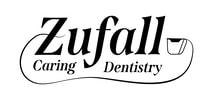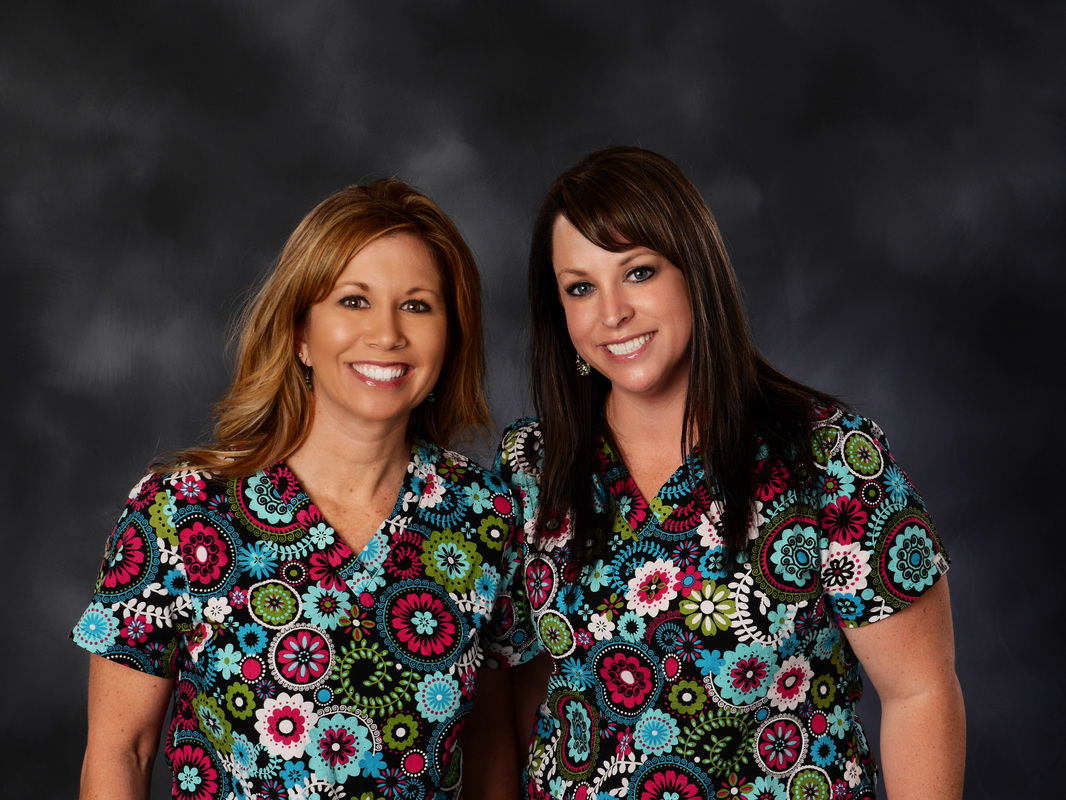Teeth Whitening
|
At our office, one of the most common questions we get is “How can I get whiter teeth?” After all, who doesn’t want a bright, sparkling smile? While you’ve probably seen commercials on TV that offer quick ways to get that movie star smile, making your decision without doing proper research isn’t the way to go. Read on for our take on the issue. Types of teeth whitening When it comes to teeth whitening, all methods are not created equal. |
Zoom: The Zoom teeth whitening method uses a type of light to bleach your teeth. The advantage is that it’s a one and done strategy. After one appointment, your teeth will be bleached to the shade that you desire. However, the disadvantage is that after 6 months or a year, your teeth can start to develop new stains, which means you may need another round of Zoom. Recurring treatments can become expensive quickly, and some patients report post procedure sensitivity. For these reasons, we do not offer Zoom to our patients.
Whitening strips: While whitening strips are likely the best choice when it comes to over-the-counter products, they are still far from perfect. The strips, while effective, can result in uneven whitening, especially when compared to methods that use bleaching gel. In addition, you have to buy a new kit about every six months, which can become expensive over time.
Whitening toothpaste: While many toothpastes claim to whiten your teeth, the results tend to be exaggerated for the most part. Pastes are typically not effective when it comes to whitening. Some only have abrasive agents that will give you a better cleaning, but do little in terms of color. Others have mild bleach which might work if you brush your teeth for 20 to 30 minutes each day, but will do little in the two minutes that you likely spend brushing.
Bleaching splints: A bleaching splint is a custom-made removable tray, similar to a very thin mouthguard, that is created from an impression taken of your teeth. The splint is filled with bleaching gel and then put in your mouth for a certain amount of time to slowly whiten your teeth. It is a tried and tested technique that yields positive results.
What we use at our office
At our office, we offer custom-made bleaching splints for our patients. We’ll take an impression of your teeth at your appointment, and then have your splints ready at your next visit. At home, all you have to do is put a small amount of bleaching gel in the splints, pop them into your mouth and leave them in for about 60 minutes. While you go about your business, the gel will work its magic on your teeth, slowly whitening the exterior. Use your splint 1 per day for a week or two until you reach the shade you want. Once you reach that point, you should only need to use your bleaching splint once a month to maintain the color. You will likely start seeing a difference in no time!
As long as you keep scheduling regular hygiene appointments with our office, you’ll receive a FREE tube of bleach at every visit! That’s right, we won’t charge you for any bleach you need, that's what we call "Bleaching for Life."
Take preventive measures
While bleaching is a fairly simple solution to stained teeth, there are also preventive measures that you can take to keep your teeth in their best possible condition. Tea and coffee are perhaps the most common causes of stains to the exterior of the teeth. If you can’t live without your daily cup of caffeine, consider drinking your beverage through a straw to limit the amount of contact that the liquid has with your enamel.
Wine, spaghetti sauce and other acidic foods and drinks can also cause discoloration. Think of it this way: If what you’re eating or drinking will stain your shirt, it will probably stain your teeth as well. Does that mean that you need to give up your favorite pasta dish? Not necessarily. When you eat or drink something that could stain your teeth, rinsing your mouth with water directly afterward can limit the amount of discoloration that occurs.
To keep stains from occurring, you should also be sure to brush well twice a day for at least two minutes. And don’t forget to schedule a hygiene appointment two times a year. By taking these steps and using your bleaching splint regularly, you’ll have a sparkling smile you can be proud of!
Click HERE to watch a video on this topic.

